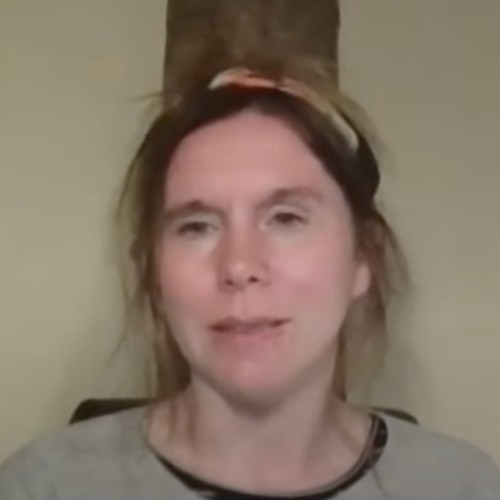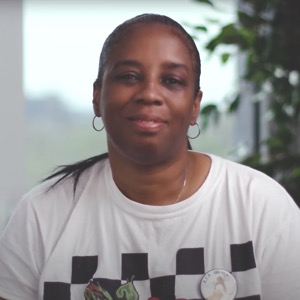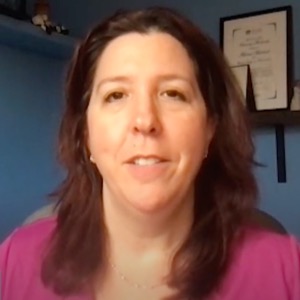In 2012, Anna’s world turned upside down when she was diagnosed with bone marrow failure (myelodysplastic syndrome). This disease stemmed from her previous treatment for breast cancer; she was treated fifteen years earlier. At the time of her bone marrow failure diagnosis, everything else in her life seemed to be going well. She was a (single) mom to a high school aged son, whom she adored. She loved her job, they had just adopted Kai, a career change guide dog, and they were all living in a townhouse that she helped redesign.
After testing including a thorough cardiac evaluation showed she was fit to withstand the rigors of an operation, she had a bone marrow transplant in early 2013 at a well-respected teaching hospital. Anna did fine initially. Seven months after her transplant, she began to have odd neurologic symptoms and five months after that, chest pain. When she told me about her chest pain, I told her she had to go to the ER. Even though I am a doctor, she considered me just her kid sister. So, she elected to ask her teaching hospital physicians about her chest pain. First, her doctor recommended antacids. When her chest pain persisted, another said her nerve pain medicine was treating it – never fully evaluating its root cause. She was hospitalized two months later for her neurologic symptoms. Anna continued to have intermittent chest pain and was increasingly short of breath. The teaching hospital physicians “treated” her chest pain with narcotics. Seven days after admission, a cardiology consult was requested. Inexplicably, it took another five days for a cardiologist to evaluate her. By then, she needed a coronary stent and was finally begun on all the correct cardiac medications. But it was too late – the damage was already done. She had a fatal cardiac arrhythmia days later. Her autopsy revealed she had been having “ongoing waves” of heart attacks.
For several days after her passing, I was in shock. Then, my anger was off the charts. Convinced her death was likely preventable, I was driven to find the truth. After countless hours of reviewing all her medical records, I knew without a doubt: her death was preventable.
I returned to the teaching hospital that treated Anna, multiple times in fact, asking to hear about the changes being put in place to prevent more death like Anna’s. You see, many of her medical notes were “cut and pasted” and contained outdated information. One of her attending doctors confessed that although he had not evaluated Anna, he had written an admission note on Anna as if he had, because it was “late at night.” A second, when asked why he had not fully evaluated her chest pain, said “I would then have to refer out all my patients” [to cardiologists] for which I responded, “Sir, you could have been a hero”.
Clearly, as a physician, I have a huge advantage that most afflicted family members don’t: I understand medical records, how hospitals work, and the hierarchy in medicine. Even so, the road was difficult and at times overwhelming for me. But I was determined.
If it had not been for my dogged persistence, the providers at the teaching hospital would have chocked up her death to “long standing cardiac disease,” which she did not have. But I kept raising questions and it became evident I was not going to go away. She did not have “long standing cardiac disease.” She died a preventable death due to delays in diagnosis of chest pain.
So, I wonder, how many more Annas must die?
You know, for me, even over the loss of my precious sister, the ultimate medical mistake is the deafening silence that continues to surround medical errors.







